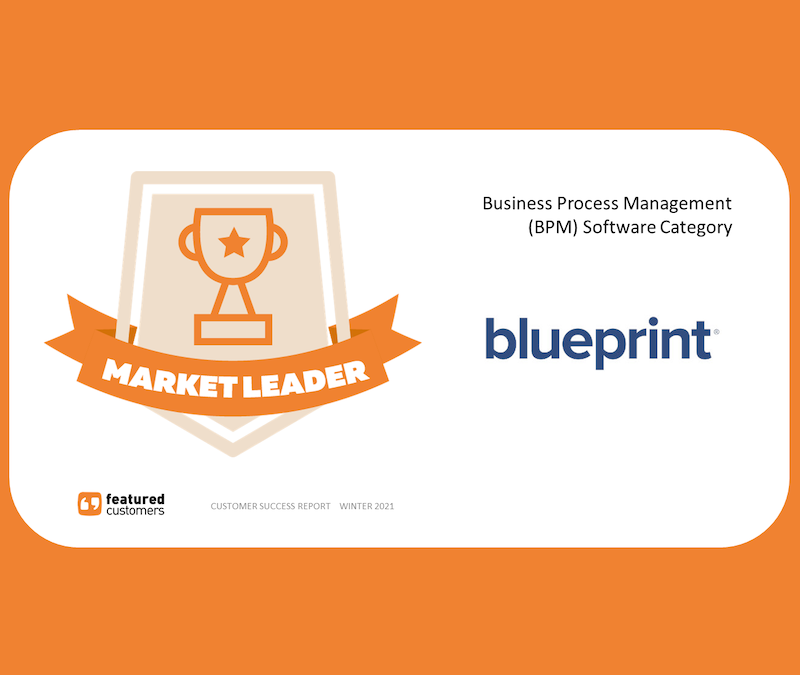The Challenges of Implementing RPA Enterprise Software
Enterprises are quickly realizing that simply implementing an RPA tool doesn't necessarily translate into automation success. The big promises of a quick time-to-value through operational cost reductions and improved efficiency oversold by RPA vendors haven't come to fruition.
RPA programs across industries are struggling with constant RPA Break-Fix Cycles that prevent them from scaling automation and delivering on the program's objectives in the form of tangible returns. Automation teams are scrambling for an answer to the challenges they're facing. Many realize that an enterprise-grade solution is needed—one that facilitates better automation design, planning, governance, and change management to reduce the level of RPA maintenance and support that has their automation programs floundering.
However, in that realization, automation teams must once again tackle the apathy that plagues enterprises when trying to procure and implement new software.
Learn more: RPA ROI: 10 Metrics and KPIs to Drive Automation Success
The Challenges of Implementing Enterprise Software
Making a case for implementing new software in an enterprise is a complex task. Chief among them is building the business case that proves the new solution will deliver tangible ROI (return on investment) to secure funding and sponsorship from the executives or stakeholders that hold the purse strings.
That's the first barrier. The second is convincing the users to use the solution and ensure they overcome their resistance to change. They have to be assured that their lives will be made easier and better—that the burden of change will be significantly overwhelmed by the benefit of that change. That also comes with the expectation that the new software will have the enablement mechanisms to seamlessly train new users and robust support offerings to ensure help is available when needed.
The effort and time taken to deploy a new solution is also a major sticking point. How long will it take for the new solution to become operational? How many internal resources are needed to deploy that also have to be factored into the cost?
Other technical considerations must also be made. Enterprises have complex and multilayered architectures. New solutions must seamlessly slide in and be compatible with, or at least easily integrated with essential components of that tech stack.
Since enterprises by and large operate in heavily regulated industries, compliance and security is another concern that demands even more deliberation to ensure that any new solution will facilitate greater compliance instead of increasing risk.
The challenges of implementing enterprise software are long and complex, serving only to reinforce the apathy to change. When considering new solutions to strengthen RPA ecosystems, the resistance becomes even more significant due to the lack of returns generated from the initial investments in RPA.
The Challenges of Implementing Enterprise RPA Solutions to Create an Automation Toolchain
It's no secret that RPA vendors have oversold the ease of implementation and execution of large-scale automation. The idea that it could be driven by citizen-developers and scaled enterprise-wide was not entirely accurate. The result has been sweeping bot outages and errors that demand intensive RPA maintenance and support and diminish the business value of each bot and RPA program as a whole.
The cost of RPA is significant; that cost is further compounded when an RPA program fails to deliver on promised goals. To now ask for further funding to procure additional solutions to get those automation initiatives back on track seems entirely ludicrous. However, it is necessary.
How Blueprint Overcomes the Challenges of Implementing Enterprise RPA Solutions and Radically Improves the Quality of Your Automations
Although overcoming the apathy of implementing enterprise software is never easy, some products make it easier, and others make it effortless because of the value they deliver.
Blueprint's Enterprise Automation Suite is one of the latter.
Blueprint's Enterprise Automation Suite is the most powerful automation design and management solution available on the market and sits in the middle of your automation toolchain. It delivers a better way to design sustainable, high-quality RPA models and manage change across the RPA lifecycle by developing Digital Blueprints.
Digital Blueprints are created by ingesting current-state processes from numerous integrations into the leading process discovery/mining tools or even unstructured sources like Microsoft Visio and provides a collaborative place where processes can be further optimized or built from scratch. All processes and even process steps can then be connected to all regulatory constraints and dependencies.
This rich context is packaged into a Digital Blueprint and automatically synced with your RPA tool as Blueprint provides integrations with the leading vendors. In your RPA tools, your developers receive the precise guidance needed to build higher-quality, resilient bots that experience 3x less outages to increase RPA uptime and maximize the business value of your automations.
Blueprint is also intuitive, making it accessible for all types of users, defeating the apathy associated with the burden of having to learn complicated, new software. On average, our customers also experience a 5x ROI in less than six months, helping them easily build business cases that surpass executive sponsors' expectations.
Not to be forgotten, if you're like many other organizations in the market interested in switching RPA tools to get the returns you were promised, Blueprint can also help in that regard. Blueprint provides a seamless, end-to-end migration process that's 3x faster and 75% cheaper, enabling you to move your entire bot portfolio from one RPA tool to the other without the hassle and headaches while adding value to your entire bot architecture.
If you're interested in understanding what options are available to you, we recommend reading the Gartner Peer Insights' Voice of the Customer': Robotic Process Automation. This report provides insight into the costumer experience of 15 different RPA tools available on the market today, including how each vendor's ease of deployment and support services compare.
Download your free copy here while it's still available.
Share this
Recent Stories

Blueprint Software Systems Named Market Leader in the Winter 2021 Business Process Management (BPM) Software Customer Success Report

Blueprint Software Systems Appoints Joe Crowley Vice President, Channels


